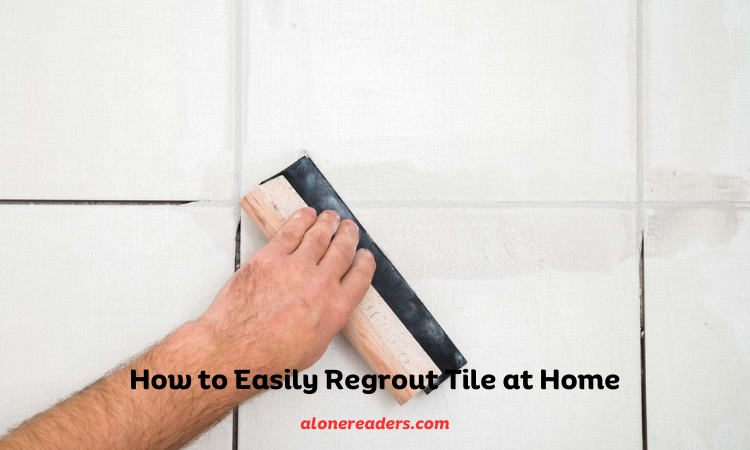
Tiles can add beauty and functionality to your home, whether they adorn your kitchen floor or line your shower walls. Over time, though, the grout that holds those tiles together can become discolored and cracked, detracting from the overall appearance of the surface. Instead of embarking on the costly and labor-intensive process of replacing all your tiles, consider regrouting as a simple and effective alternative.
Regrouting tile is a surprisingly straightforward process, offering a quick solution to refresh your tiled surfaces. Even if your tiles are in good condition, changing the grout color can give your space a fresh, new look.
Before you get started, here are some essential things to consider:
Preparation is Key: To ensure a smooth regrouting process, gather all necessary materials and prepare the work area. Using improper tools like a chisel or utility knife can damage your tiles.
Invest in the Right Tools: Two crucial tools for regrouting are an oscillating multitool with a grout removal blade and a carbide-tipped grout removal tool. While a manual grout removal tool can be used, it will be more time-consuming.
Protect Surrounding Surfaces: If you're regrouting near sensitive surfaces like countertops or bathtubs, use painter's tape and thick cardboard to shield them from potential grout damage.
Tools:
Materials:
Final Word
Instead of replacing old and dirty tiles, consider regrouting as a cost-effective and efficient alternative. Regrouting not only revitalizes your tile surfaces but also provides a fresh appearance to your space. With the right tools and a little effort, regrouting can be a quick and easy DIY project, saving you time and money.